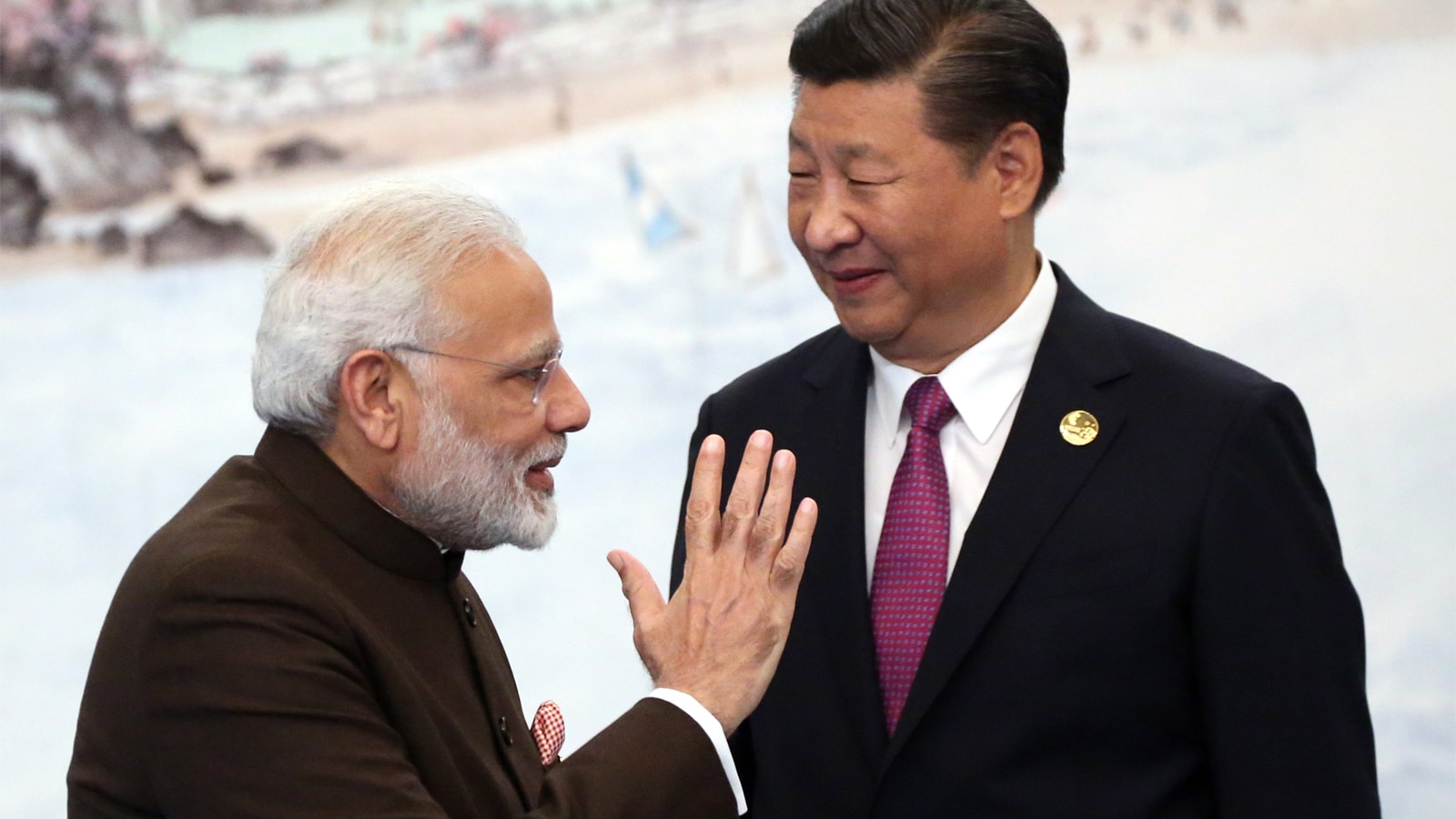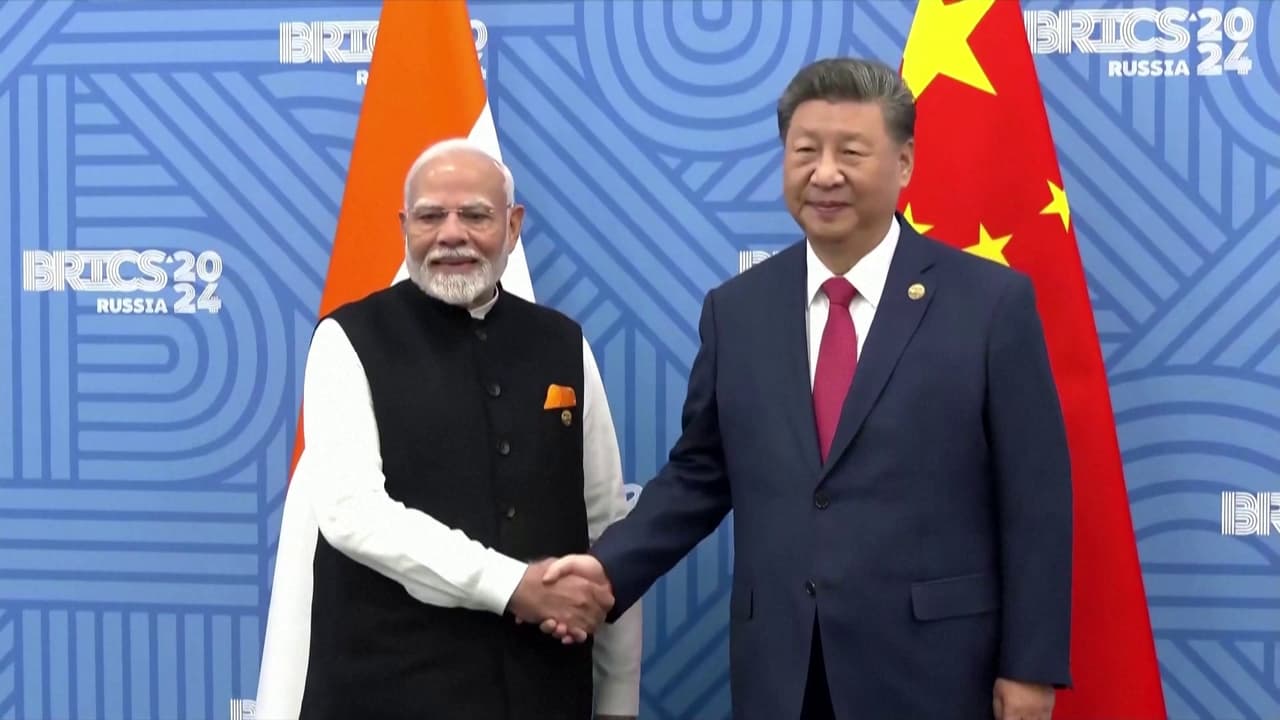With India and China reopening dialogue, the impact may extend beyond their border. Could South Asia benefit?
Chinese Foreign Minister Wang Yi’s recent visit to New Delhi, followed by Indian Prime Minister Narendra Modi’s upcoming participation in the Shanghai Cooperation Organization (SCO) summit in Tianjin, has once again drawn attention to the possibility of a reset in India-China relations.
After seven years without a prime ministerial visit to Beijing, the timing suggests that New Delhi may be reconsidering its diplomatic positioning. What remains crucial, however, is not just the bilateral equation between the two Asian powers, but how their engagement could influence South Asia at large.
A review of past patterns shows that when hostility between Beijing and New Delhi eases, tensions in the region, especially between India and Pakistan, tend to calm. Whether such a setup will hold long enough to shape the region’s fragile balance is the question many are now watching closely.
A History of Mistrust With Moments of Relief
India and China’s ties have long been marked by deep mistrust, stretching back to the 1962 war that defined New Delhi’s strategic outlook. Border disputes, competing ambitions, and political rivalries have since dictated most of the engagement. Yet, historical markers suggest that when New Delhi and Beijing move closer, the ripple effect reaches Islamabad as well.
Rajiv Gandhi’s 1988 visit to Beijing coincided with a revival of dialogue between India and Pakistan. Atal Bihari Vajpayee’s trip in 2003 was followed by a ceasefire along the Line of Control. These episodes show that while fragile, a working relationship between India and China has repeatedly lowered temperatures in South Asia, offering brief but significant stability.
The latest outreach carries added weight given the backdrop of India’s friction with its Western partners. Washington has frustrated New Delhi with tariffs on Indian goods and skepticism over discounted Russian oil purchases, feeding doubts in Indian circles about the reliability of U.S. support.
This uncertainty intensified after the May 2025 conflict with Pakistan. India’s allies offered muted responses, while U.S. policymakers appeared to reconsider the idea of India as a long-term counterweight to China. The diplomatic fallout left India isolated, prompting a reassessment of strategy.
Facing these setbacks, India is seeking to diversify its options. By opening space with Beijing, PM Modi’s government signals that it is not tied exclusively to Washington. The outreach reflects a realization that relying too heavily on the U.S. narrows India’s maneuvering room.
This recalibration also matters for India-Pakistan dynamics. China, a close ally of Pakistan, has in the past exercised restraint by urging calm during crises such as Kargil in 1999, the 2001-02 standoff after the Parliament attack, and the 2019 Pulwama terror plot. A working relationship between Beijing and New Delhi could again reduce escalation risks, indirectly benefitting India-Pakistan ties.
Beijing’s Incentives for Stability
For Beijing, moderation is not a concession but a necessity. China faces ongoing challenges in the South China Sea and over Taiwan, limiting its appetite for another volatile front. Easing tensions with India allows Beijing to concentrate resources elsewhere. Economically, access to India’s market and capital makes engagement too significant to ignore.
Additionally, China’s heavy investments in Pakistan through the China-Pakistan Economic Corridor require a degree of regional calm. Stability between New Delhi and Islamabad, even if fragile, secures Beijing’s long-term stakes. This pragmatic approach underlines why China has historically stepped in as a quiet stabilizer during South Asian crises.

Limits of Reconciliation
Despite the promise, structural challenges remain. Unresolved border disputes, contested water resources, and China’s ties with Pakistan create persistent friction. These constraints suggest that any thaw will be tactical and temporary rather than a long-term resolution.
Still, even limited cooperation could carry real consequences. For Pakistan, closer India-China ties will raise concerns about Beijing’s loyalty, but history suggests the China-Pakistan partnership remains firm. Instead, the real change may be in India’s reduced anxiety over a two-front threat, which could encourage more restraint in crises.
Global commentary often focuses on Washington’s mediation attempts in South Asia. However, China has consistently played the less visible but steady role of discouraging escalation. Unlike the more public U.S. involvement, Beijing has historically favored discretion, applying pressure without theatrics. If relations with New Delhi improve, this quiet influence could deepen.
If India and China manage even a tentative regroup, the benefits for South Asia could be meaningful. While fundamental disputes will persist, a channel of dialogue between Asia’s two largest powers reduces the risk of unchecked confrontation. For a region where small sparks can ignite major crises, even modest stability carries weight.
